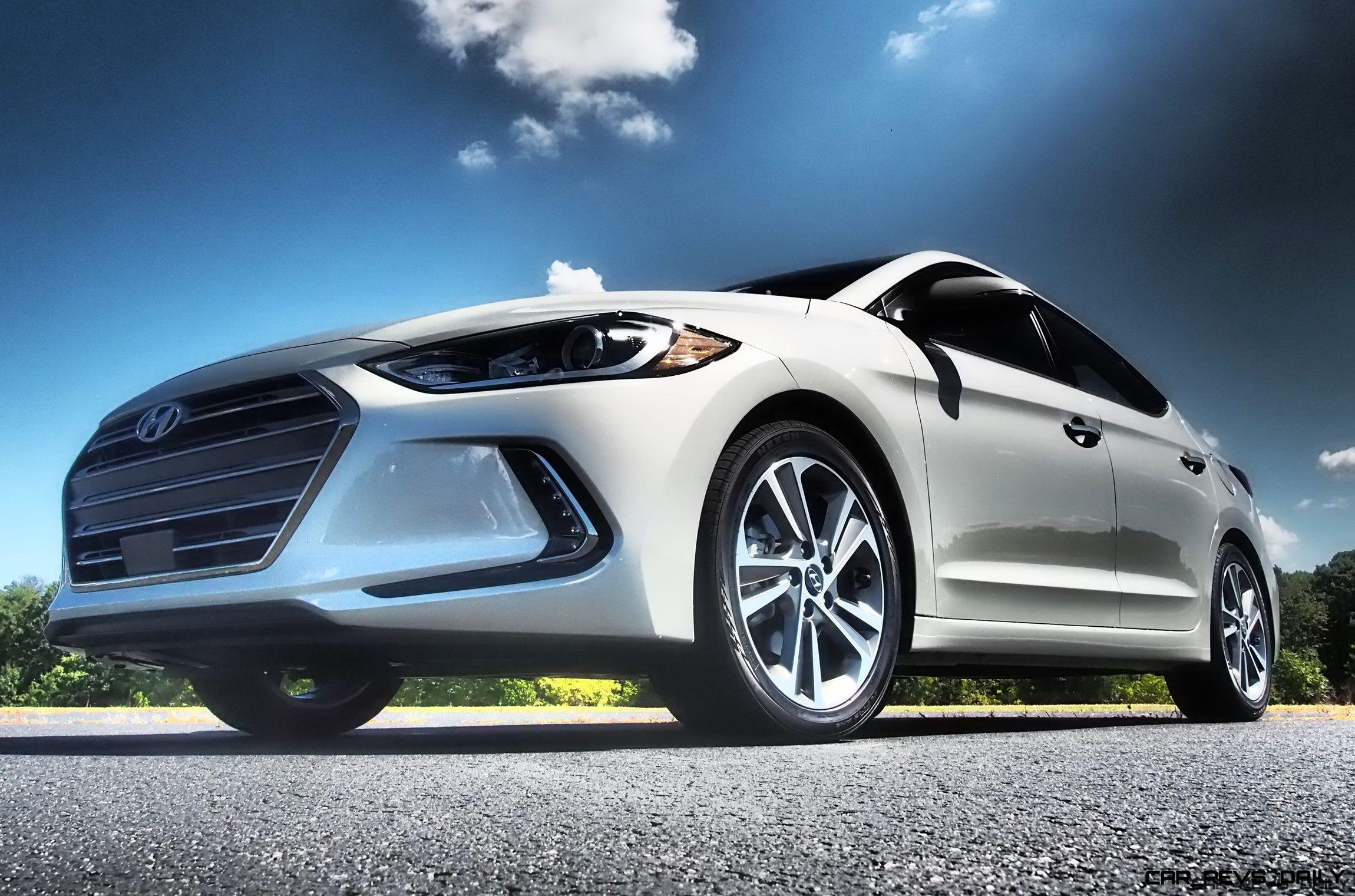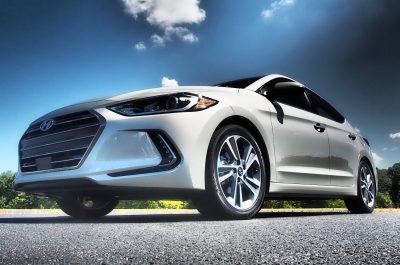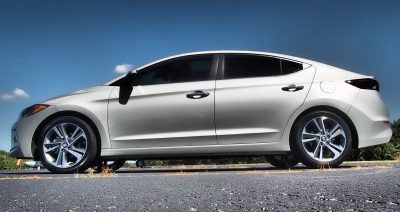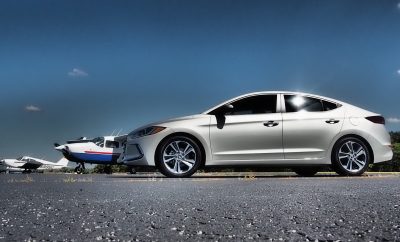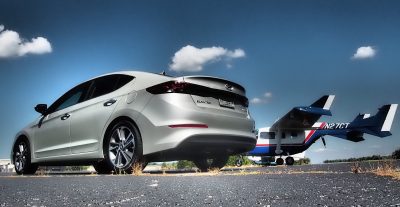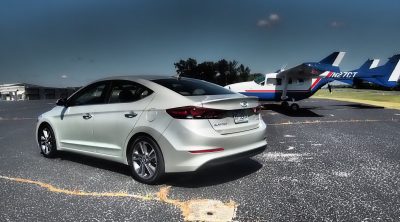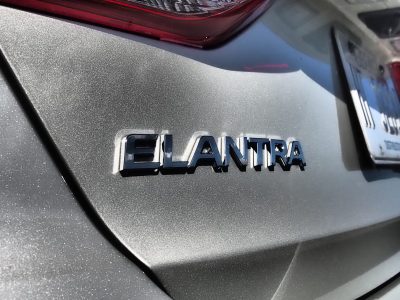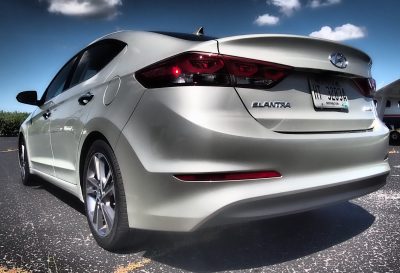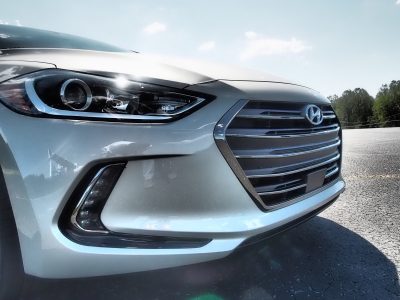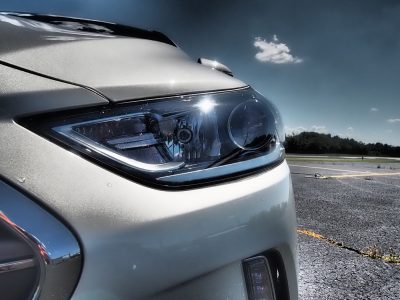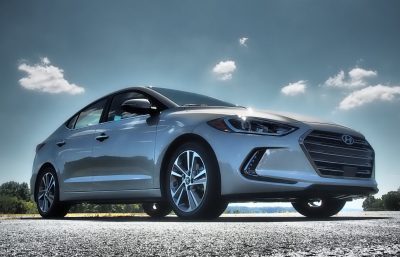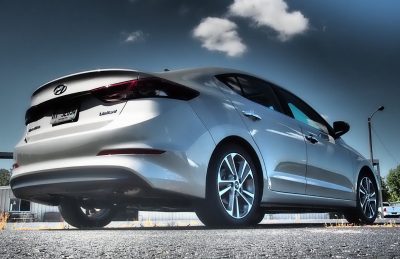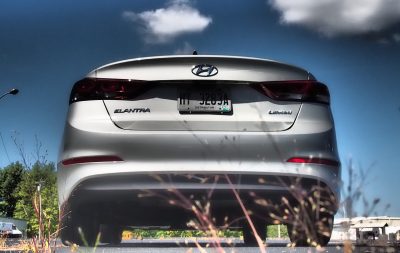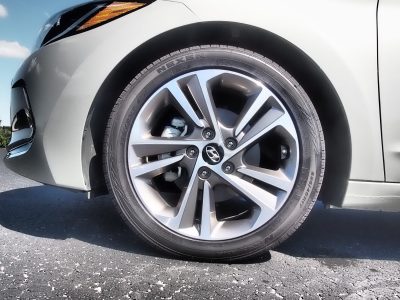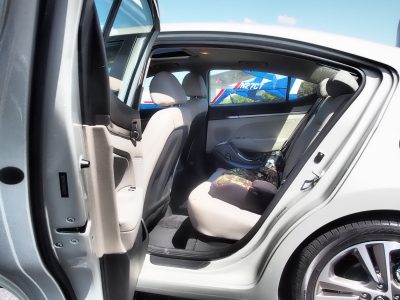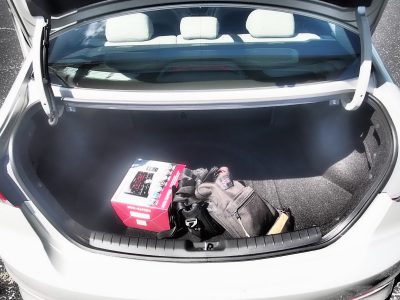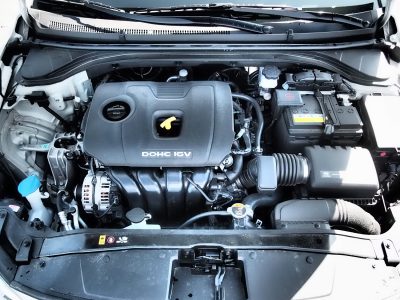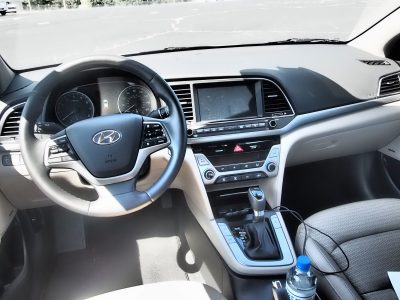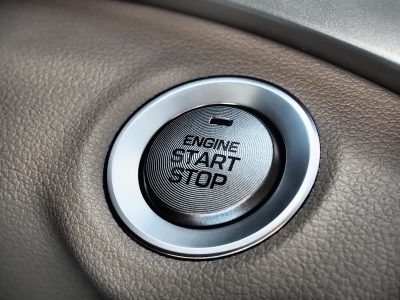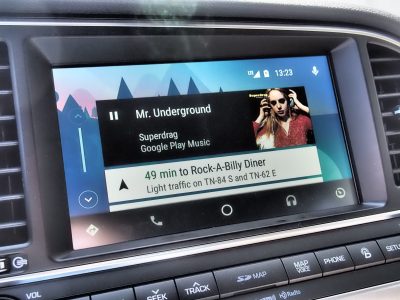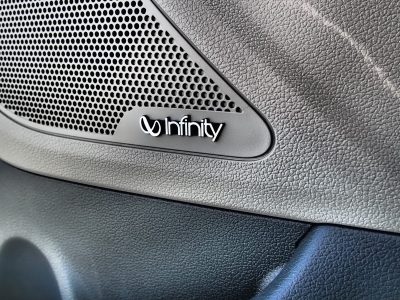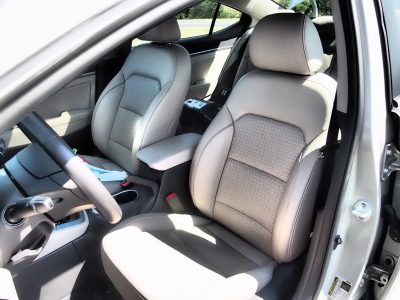Is the 2017 Hyundai Elantra Limited a “dad car?” What the heck is a “dad car,” anyway?
Those are the questions with which I wrangled during a weeklong test of the model. A couple of friends of mine described it as a “dad car.” I’m a dad of two boys. They said the car was a good fit for me.
I typically like my cars quirkier than the Hyundai Elantra. My daily driver is the antithesis of what most might consider a “dad car:” a Nissan cube. For many other men I know, sedans with a definite masculinity such as the Dodge Charger and Nissan Maxima have a lot of appeal. I admit being drawn to those, too, although their compromises when hauling kids to school or making a budget turn me off.
Maybe the truth is I’m too contrarian to pick out a perfectly sensible “dad car” when I see one. The 2017 Hyundai Elantra has plenty to recommend it to dads.
Styling
The 2017 Hyundai Elantra Limited is an all-new design. It’s attractive — handsome, even.
An aside: When the current generation of the Nissan Sentra and its big sister, the Nissan Altima debuted in 2012 and 2013, respectively, I criticized their design. Too many curves made them look too feminine — “chick cars” if ever I had seen such. Recent redesigns of both sought to give them a little more muscle without starting from scratch. Hoods, headlights, and taillights have received a more angular treatment to butch them up a little.
Hyundai did not make Nissan’s mistake with this redesign of the Elantra. The Elantra’s shape remains aerodynamic, with a low hood and greenhouse, but there are several long creases and angular elements that keep it from becoming too much of a jellybean. The grille is trapezoidal, with scallops carved low to either side to house foglights. A long accent crease runs the length of the sides of the car, visually connecting eyelike corners of head- and taillight lenses. The wheels are attractive 10-spoke alloys.
Inside, the 2017 Hyundai Elantra is a study in understatement — or, if you believe my friends in Germany, it’s a study in how the VW designers Hyundai has hired in recent years have carried over several Seat Leon design elements in wholesale fashion. (Case in point: Here’s a 2013 Seat Leon interior. Compare it to my own interior photo of the 2017 Hyundai Elantra Limited.)
The front buckets are well-shaped and supportive, and in my Limited tester, they were covered in leather. The optional Tech Package ($2,500) brought an upgraded eight-inch touchscreen infotainment system, Infinity audio setup that included a subwoofer, Android Auto/Apple CarPlay functionality, a power sunroof, and heated front seats. The add-on Ultimate Package ($1,900), which requires the Limited trim and Tech Package, brings HID headlights that turn in the direction the driver steers the car, Automatic Emergency Braking with Pedestrian Detection, a radar cruise control system, a lane-keeping assist system, and a driver seat and mirror memory system.
Performance
Powering the 2017 Hyundai Elantra Limited was Hyundai’s new 2.0-liter dual-overhead cam Atkinson-cycle four-cylinder engine making 147 horsepower and 132 ft-lbs of torque. Power is routed through a six-speed automatic transmission that made smoothness its top priority at the expense of snappy response when caned. At least that’s how it behaved in “Normal” and “Eco” drive modes. I didn’t spend more than a few seconds in the available “Sport” mode because I didn’t see the Hyundai as a sports car..
For those who have visions of themselves picking off Honda Civic Si ricers on their daily commute, the transmission offered the ability to control gear changes manually. It won’t make the 2017 Hyundai Elantra faster than a Civic Si, of course, but it will summon a few angry noises from the otherwise smooth and well-muffled powertrain.
Where this combination excelled was in being perfectly — here’s that word again — sensible. The engine was plenty for the Elantra’s purpose in life. Never did I wish for more while transporting my kids or while getting groceries. More importantly, it got 36 MPG in mixed driving with a lot of idle time. On a couple of highway runs, the Elantra managed to break 40 MPG without much effort. I was left thinking the Elantra is a very frugal machine, assuming its maintenance and insurance costs are as small as its fuel bill.
Handling
Hyundai says the 2017 Elantra is lighter and stiffer than the outgoing model. I’ll take them at their word. All I can say is the 2017 Elantra was pleasant to drive on the poor roads near my home, demonstrating no annoying rattles, twists, or shakes even when traversing potholes, bridge seams, and rough pavement in road construction zones.
Steering was numb, but no more than most of the competitors in the compact sedan class — here’s looking at you, Toyota Corolla and Nissan Sentra. Steering at low speeds was heavier, which was an old-school approach that I appreciated in a world where most cars’ steering gets lighter at low speeds. Having spent a lot of my early driving life in cars that didn’t have power steering, it felt right. No, the steering didn’t get that heavy at parking-lot speeds. But it got heavy enough to provide a more feedback when needed — no mean feat for the often electric-boosted power steering setups of today. Even “performance” cars struggle with this.
Space
The interior of the new-for-2017 Hyundai Elantra is spacious. I had no trouble fitting a rear-facing child seat in the back with my wife able to comfortably sit ahead of it in the front passenger seat. There was plenty of headroom despite the sunroof.
Hyundai said the Elantra grew 0.8 inches in overall length and 1 inch in overall width, while overall height (56.5 inches) and wheelbase (106.3 inches) remain unchanged from the previous model. Its interior passenger volume (95.8 cubic feet) handily trumps Ford’s Focus (90.7), but is slightly bested by the Corolla (97.5). But then, the Elantra has more cargo space (14.4) compared to Focus (13.2) and Corolla (13.0).
Value
The Hyundai Elantra Limited had a suggested retail price of $22,350 before options, putting it right in line with competitors like the Ford Focus Titanium ($23,225), the Toyota Corolla XSE ($23,545), and the Nissan Sentra SL ($22,170).
After adding my test car’s $4,425 in optional equipment and an $835 destination charge, the total MSRP came to $27,710. It’s not hard to option any of the above competitors up to that price level.
Hyundai cuts an interesting deal with its sedans, and the redesigned Elantra is no exception: They offer mildly Germanic style and a ton of comfort and tech features that wouldn’t be out of place in luxury cars. Hyundai’s introductory press release for the new Elantra even compares its interior space to entry-level luxury cars like the Cadillac CTS, Audi A4, BMW 3 Series, and Acura ILX. It drives nothing like those, but then again, it achieves the same goal as those cars with more interior space at a much, much lower entry price: You get where you’re going, you’re comfortable, and you’re safe.
Conclusion
The 2017 Hyundai Elantra Limited is a whole lot of desirables wrapped up in a compact, under-$30K package of handsome sheet metal. It is neither quirky nor butch. Its styling doesn’t write checks its chassis and powertrain won’t cash. It is sound, competent, and for a lot of folks in the family way, it just makes good sense.
Some men have a taste for the quirky and drive strange little Japanese or European cars. Some are alpha-types and drive muscle cars or big, jacked-up bro-dozer pickup trucks. But the safe middle is the man who has a good head on his shoulders, who makes commonsense decisions that benefit his family above all else. For those men in the middle, the 2017 Hyundai Elantra will make a fine daily driver.
Disclosure: Hyundai provided the vehicle, insurance, and a tank of gas for this review.
Lyndon Johnson is a husband and father of two who has now spent more of his life as a journalist than as a non-journalist. He serves as assistant editor at his hometown weekly paper in rural Tennessee and freelances in the automotive journalism world.

